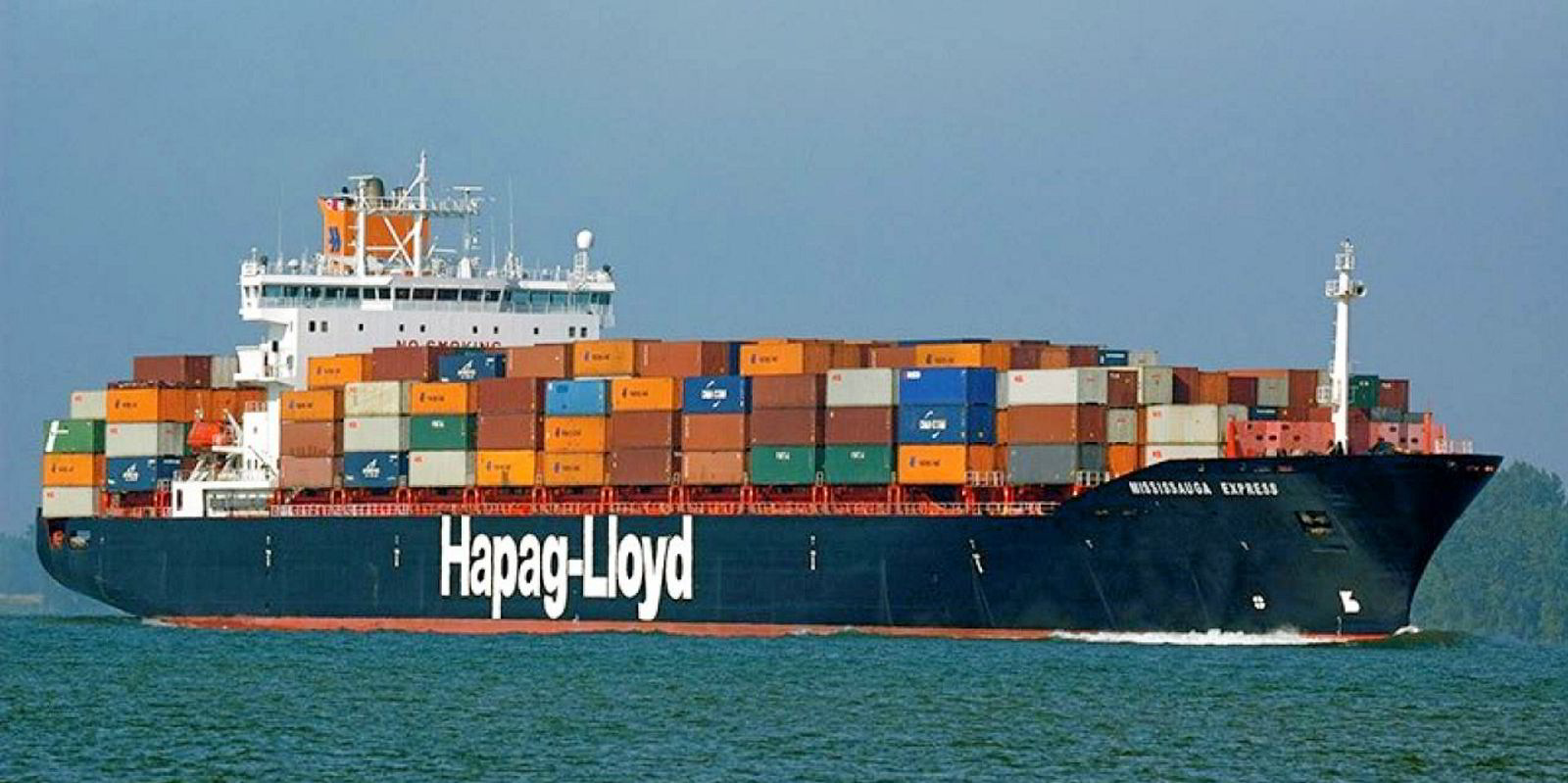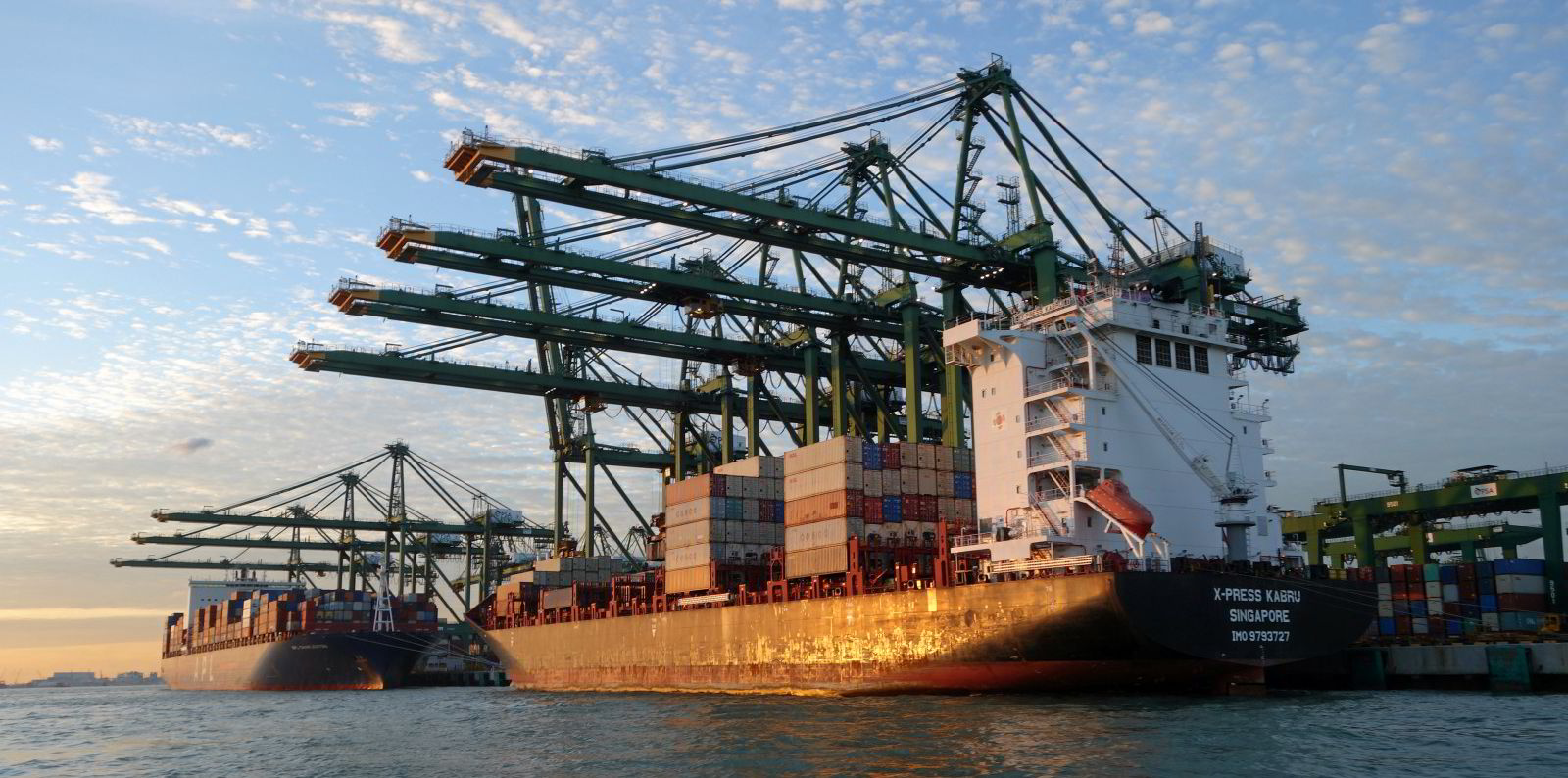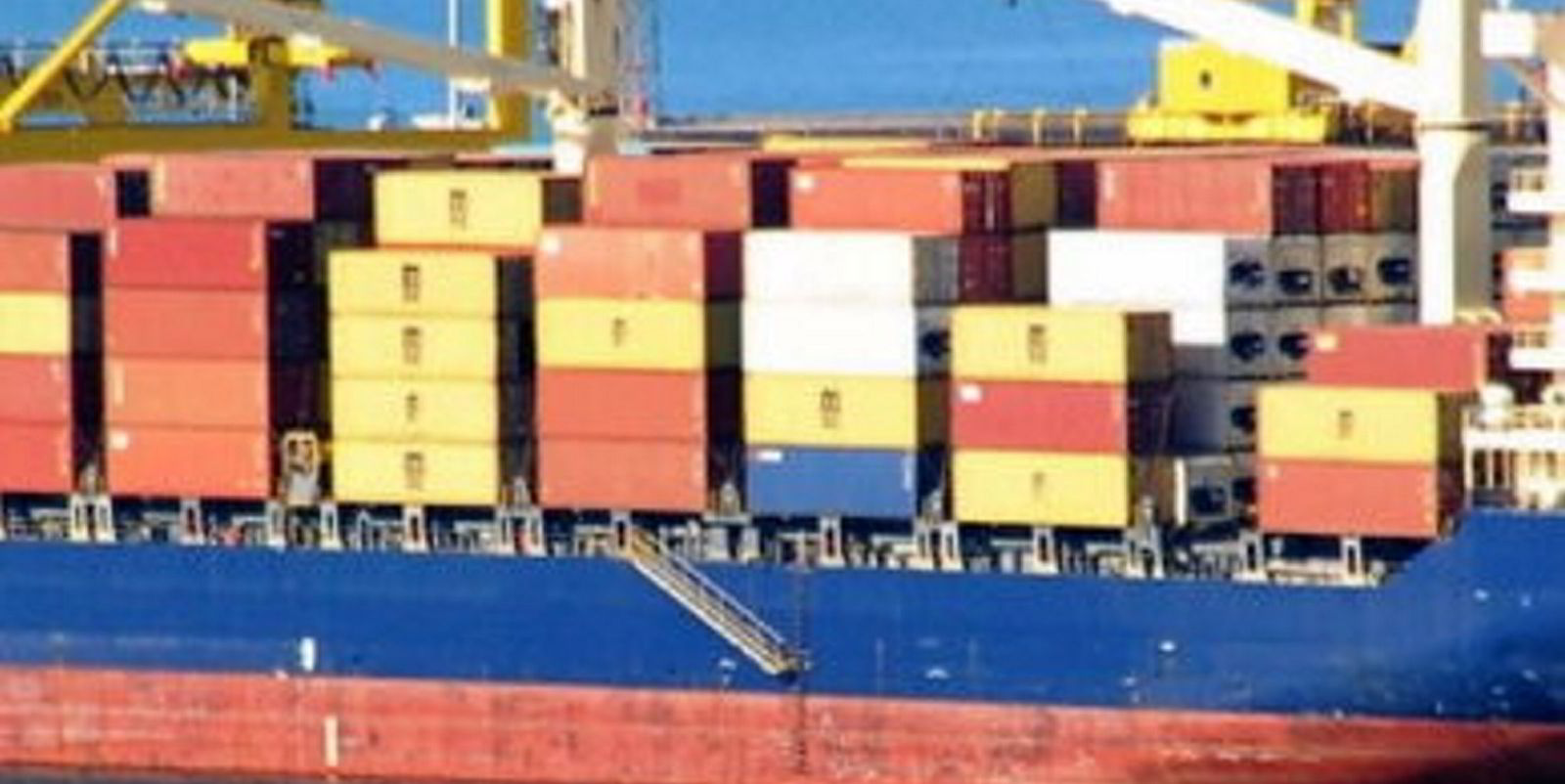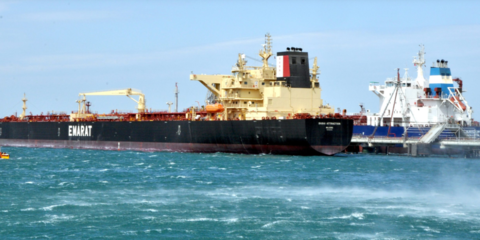More container lines have a chance of joining AP Moller-Maersk in the hallowed investment grade arena due to record profits, consultancy Alphaliner believes.
Credit ratings have improved for six of eight tracked shipowners since the start of 2021 as markets continued to boom.
“The transformation has opened up the possibility of more companies joining Maersk in the investment grade space,” Alphaliner said.
An investment grade assessment signifies a strong capacity to meet financial commitments.
Since the consultancy last analysed ratings in April 2021, three companies have received upgrades from Moody’s.
French line CMA CGM has improved from B1 to Ba3, which is three notches of investment grade.
Vessel lessors Global Ship Lease and Danaos have gone from B2 to B1.
Last month, Germany’s Hapag-Lloyd was upgraded from BB to BB+ by Standard & Poors (S&P), one level below investment grade.
S&P also initiated coverage of huge US-listed owner Seaspan in July at BB-, three levels below investment grade.
“Companies are being rewarded for their continued deleveraging, their rising number of unencumbered assets and higher unsecured debt,” Alphaliner said.
“Ratings could further improve once agencies carry out new reviews after the annual results.”
Logistics purchases have also been regarded favourably by the ratings agencies.
Moody’s declared CMA CGM’s $3bn purchase of Ingram Micro and $2.3bn deal for US port terminal Fenix Marine “credit positive”.
The same view was taken of Maersk’s $3.6bn move for LF Logistics and its strategic partnership with wind turbine maker Vestas.
By contrast, the agency said its rating of Hapag-Lloyd was “constrained” by the absence of non-shipping-related revenue streams.
Smoother peaks and troughs ahead

The liner industry’s historically competitive and volatile nature is one reason many carriers have moved strongly into logistics in recent years.
S&P believes that, following carrier consolidation in recent years, swings in freight rates will be flatter and peak-to-trough periods shorter than before the pandemic.
The ratings mark a clear turnaround for the industry.
As recently as December 2018, Moody’s cut the credit rating of Maersk to one grade above junk status, reflecting “significant downside risks facing the container shipping industry”.
Since then, owners and operators have used pandemic profit to pay off debt, strengthening balance sheets.
Debt cut back
CMA CGM, one of the most heavily indebted carriers prior to Covid-19, cut net debt by 55% to $7.7bn in 2021.
In a call with investors in October, the company indicated it could achieve investment grade as a result of pandemic earnings.
Israeli line Zim had already reduced net debt to $22m at 31 September.
By the end of 2021, it had transformed that into a net cash position of $509m.
Hapag-Lloyd was also net cash positive as of 31 December.
Moody’s has changed its global shipping outlook down from “positive” to “stable”.
However, the shift was largely relative, as earnings peaked in 2021 but will remain at high levels in 2022, the agency said.(Copyright)






